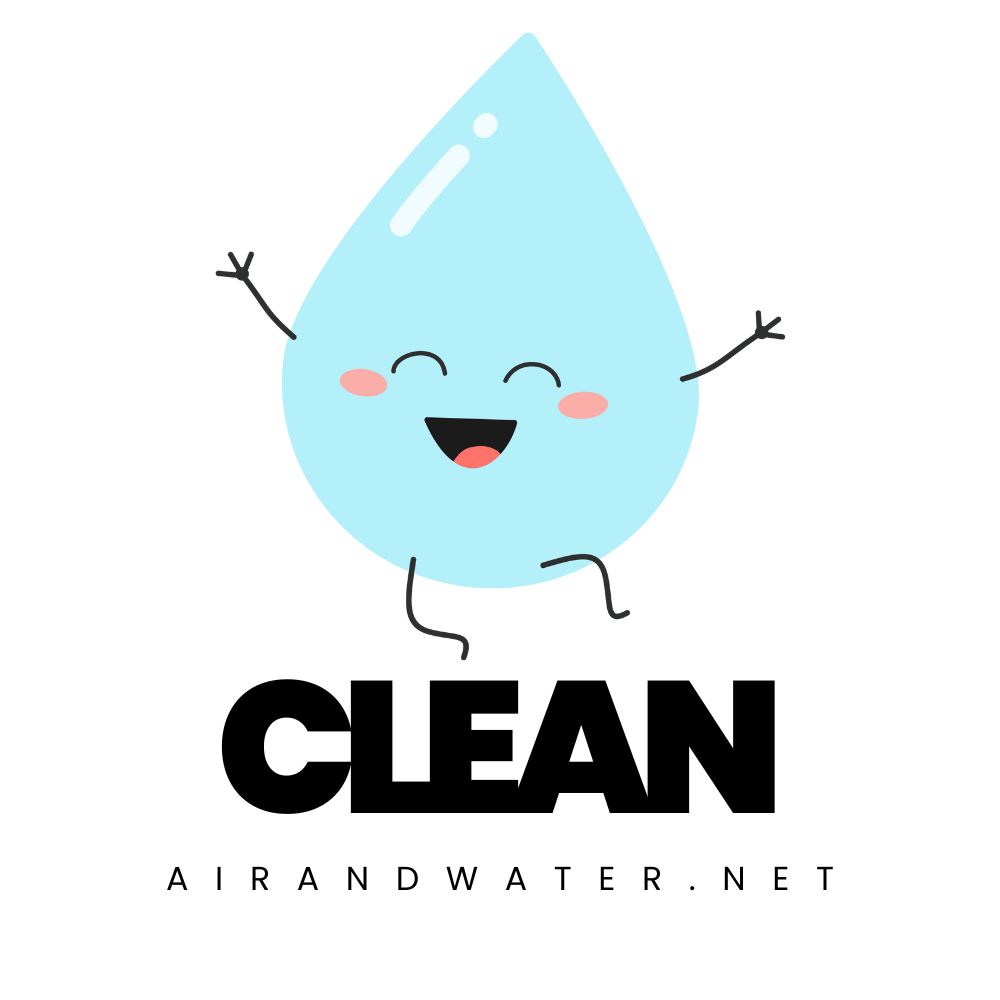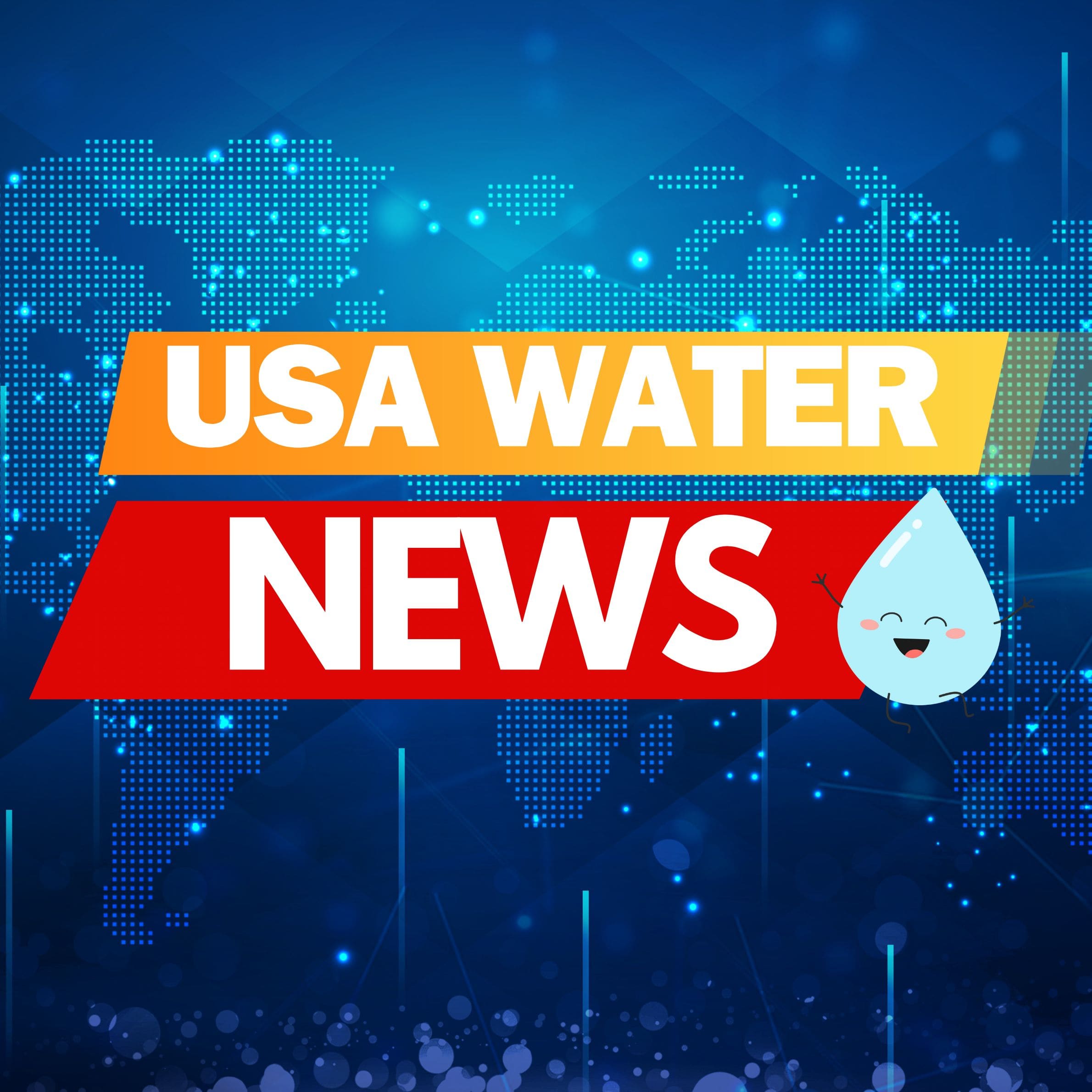Dallas Water Quality at a Glance
significant concerns
Is Dallas Water Safe to Drink?
Generally Yes, With Caution – Dallas water meets federal standards and has only had 3 violations in 15 years, but testing reveals 38 contaminants with 17 above health guidelines. Key concerns include PFAS “forever chemicals,” chromium-6 levels 14x health guidelines, and nitrates 5x recommended levels. Disinfection byproducts from water treatment also increase cancer risk.
⚠️ Key Concerns for Dallas Residents
- PFAS “Forever Chemicals”: Three types detected (PFOA, PFOS, PFHxS) above Environmental Working Group health guidelines
- Chromium-6 Contamination: Cancer-causing hexavalent chromium found at 14 times the health guideline
- Nitrate Pollution: Fertilizer chemical present at nearly 5 times the health guideline, linked to cancer risk
- Disinfection Byproducts: Chloroform, bromodichloromethane, and other cancer-linked chemicals from water treatment
Read the full report below for detailed analysis, city-specific data, and actionable recommendations for Dallas residents.
Dallas, Texas – Water Quality Report 2025: PFAS Testing, Infrastructure Concerns & Safety across your city
Dallas’s water infrastructure serves over 2.6 million residents across one of the largest municipal water systems in the United States, extending beyond the city limits to supply 31 nearby communities throughout the Dallas-Fort Worth metroplex. Dallas Water Utilities operates through an extensive network of three major water treatment plants, over 4,600 miles of distribution and transmission mains, 28 pump stations, and 20 storage facilities that deliver water from six reservoirs including Lake Lewisville, Lake Grapevine, Lake Ray Roberts, Lake Ray Hubbard, Lake Tawakoni, and Lake Fork. The system can treat approximately 900 million gallons of water daily, with projections showing the service area growing from 3 million to more than 5 million people by 2070, making long-range planning critical for meeting future demand while maintaining water quality standards.
Despite abundant water sources, Dallas faces significant emerging contaminant challenges, particularly with PFAS “forever chemicals.” Recent testing has revealed PFAS contamination at levels exceeding EPA health guidelines, with PFOA detected at 6.3 parts per trillion and PFOS at 4.4 parts per trillion at the Bachman Water Treatment Plant, both above the new federal limit of 4 parts per trillion. The city has joined national litigation against manufacturers like 3M and DuPont, alleging contamination from firefighting foam used at airports and military installations. Dallas’s commitment to water quality improvement is demonstrated through comprehensive PFAS monitoring under EPA requirements, implementation of the 2024 Long Range Water Supply Plan extending through 2080, and aggressive water conservation programs that have achieved a 30% reduction in per capita consumption since 2001, while preparing for unprecedented population growth that requires continued infrastructure investment and innovative water management strategies.

Dallas, Texas: Water Quality Current Status (2024-2025)
The city operates three water treatment plants with substantial capacity The three water treatment plants – East Side, Elm Fork, and Bachman – have a combined water treatment capacity of 900 million gallons per day. Dallascityhall The treatment process employs multiple methods to ensure water safety and quality Dallas uses settling, filtering, chemicals, and ozone disinfection to purify drinking water, with chloramine for disinfection, lime and iron sulfate for removing suspended solids and corrosion control, and activated carbon for taste and odor control. Epicwaterfilters
Lead Service Line Status
Dallas Water Utilities has a long history of addressing lead in its water system Over 46 years ago, Dallas began eliminating lead service lines and pipes that could leach lead into the water. Dallascityhall The city maintains that its water supply is lead-free, though some older residential plumbing may still contain lead components.
Recent EPA regulations have prompted new actions regarding service lines The city sent thousands of letters to residents in recent weeks identifying the possibility of lead pipes on individual properties as part of a new EPA rule requiring water systems nationwide to replace lead pipes within 10 years. The Dallas Morning News Dallas is currently working to fully identify all service line materials throughout its system.
As of late 2024, Dallas has made substantial progress in its service line inventory DWU has 320,491 active service lines. To date, DWU has identified the material for 204,396 services on the public side, and 86,886 on the private side as non-lead. Dallascitynews No lead service lines have been confirmed in the latest inventory, though many lines remain classified as “unknown.”
Water Quality Testing Results
Dallas’s drinking water meets federal regulatory standards For the latest quarter assessed by the EPA (April-June 2024), tap water provided by Dallas Water Utility was in compliance with federal health-based drinking water standards. Ewg The city is rated highly for its water system DWU meets and exceeds all drinking water regulations and has been rated a Superior Water System, the highest rating offered by the Texas Commission on Environmental Quality (TCEQ). Dallascityhall
Despite regulatory compliance, independent testing has identified potential concerns Test results through 2024 showed 38 contaminants were found in Dallas’ water system, with 17 at levels above the Environmental Working Group’s health-based limits. Ewg These health-based limits are often more stringent than current federal regulations.
Quality News About Your Water
Get the comprehensive water quality news coverage you need with our dedicated US Water News Service. From coast to coast, we deliver in-depth reporting and expert analysis on PFAS contamination, EPA regulatory changes, infrastructure developments, and emerging water safety issues affecting communities nationwide. While mainstream media only covers the biggest stories, we provide the detailed, ongoing coverage that helps you understand the full scope of America’s water challenges. Whether you’re a concerned citizen, water professional, or community leader, our daily updates and analytical insights keep you informed about the issues that matter most to public health and environmental safety.
Frequently Asked Questions
Is Dallas tap water safe to drink?
Dallas tap water meets all federal and state regulatory standards and is considered safe to drink according to these guidelines. The city’s water system has received the highest rating from the Texas Commission on Environmental Quality. However, independent testing has found some contaminants at levels above health guidelines recommended by organizations like the Environmental Working Group, though still within legal limits.
Does Dallas have lead pipes in its water system?
Dallas began eliminating lead service lines over 46 years ago, and the city reports that there is no lead in its water. Recent inventories have not identified any confirmed lead service lines in the public system, although many service lines are still classified as “unknown.” The most likely source of lead would be in older homes with lead solder or fixtures installed before 1986.
What contaminants are of most concern in Dallas water?
The main contaminants of concern include PFAS (“forever chemicals”), disinfection byproducts (formed during the water treatment process), hexavalent chromium (chromium-6), and nitrates from fertilizer runoff. While these contaminants are within legal limits, some exceed more stringent health guidelines recommended by independent researchers.
How can Dallas residents check their water quality?
Dallas Water Utilities offers free water testing upon request. Residents can call 311 or contact DWU directly at 214-670-0915 or DWUWaterQuality@dallas.gov to arrange testing. For those concerned about their service line materials, the city has created an online inventory and survey to help identify the type of pipes connected to their homes.
Contaminants of Concern
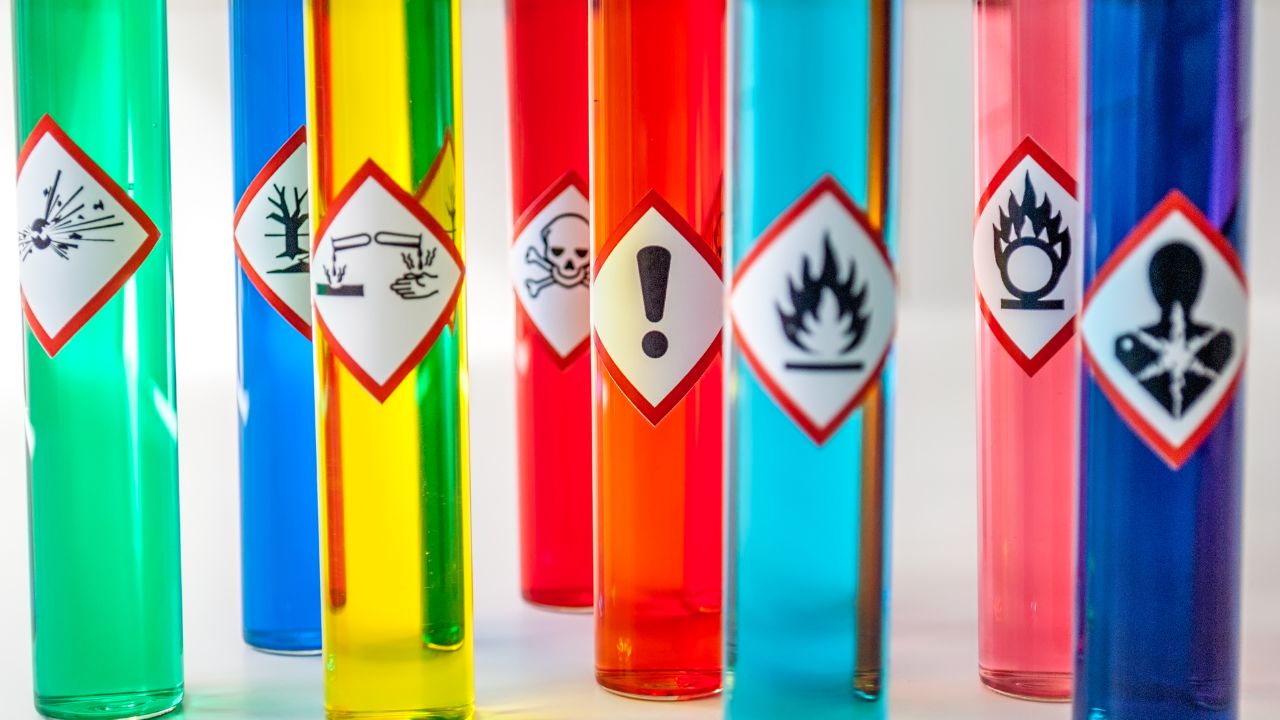
PFAS (“Forever Chemicals”)
Recent testing has detected PFAS chemicals in Dallas water Three harmful “forever chemicals” known as PFAS were found in the Dallas Water Utility at levels exceeding EWG’s health-based limits. Ewg In 2024, the EPA established first-time drinking water limits for several PFAS, and Dallas is among the Texas water systems working to address these regulations Dallas was identified among Texas public water systems that reported at least one exceedance of the five chemicals that the EPA targeted in its new PFAS regulations.
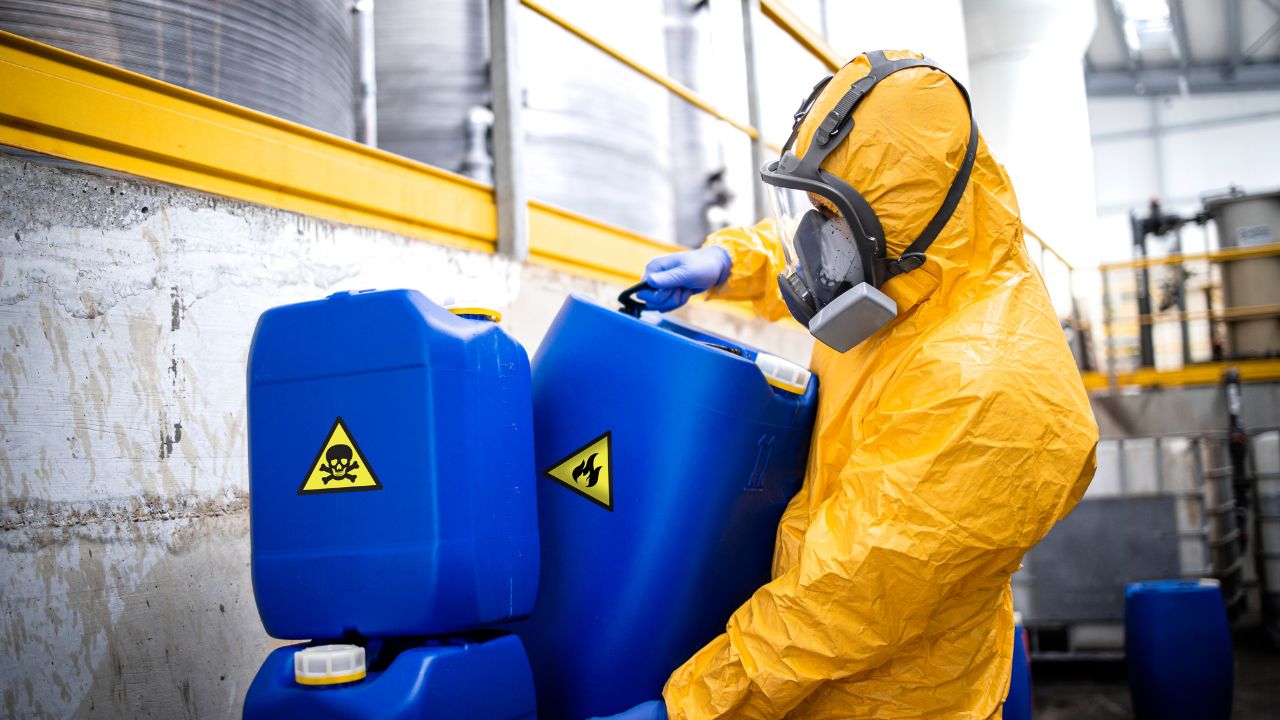
Disinfection Byproducts
The treatment process used to disinfect water can create potentially harmful byproducts Scientists have identified more than 600 disinfection byproducts in treated drinking water, with some of the most common linked to DNA damage, cancer and other health concerns. Ewg These include trihalomethanes and haloacetic acids, which form when chlorine-based disinfectants react with organic matter in the water.
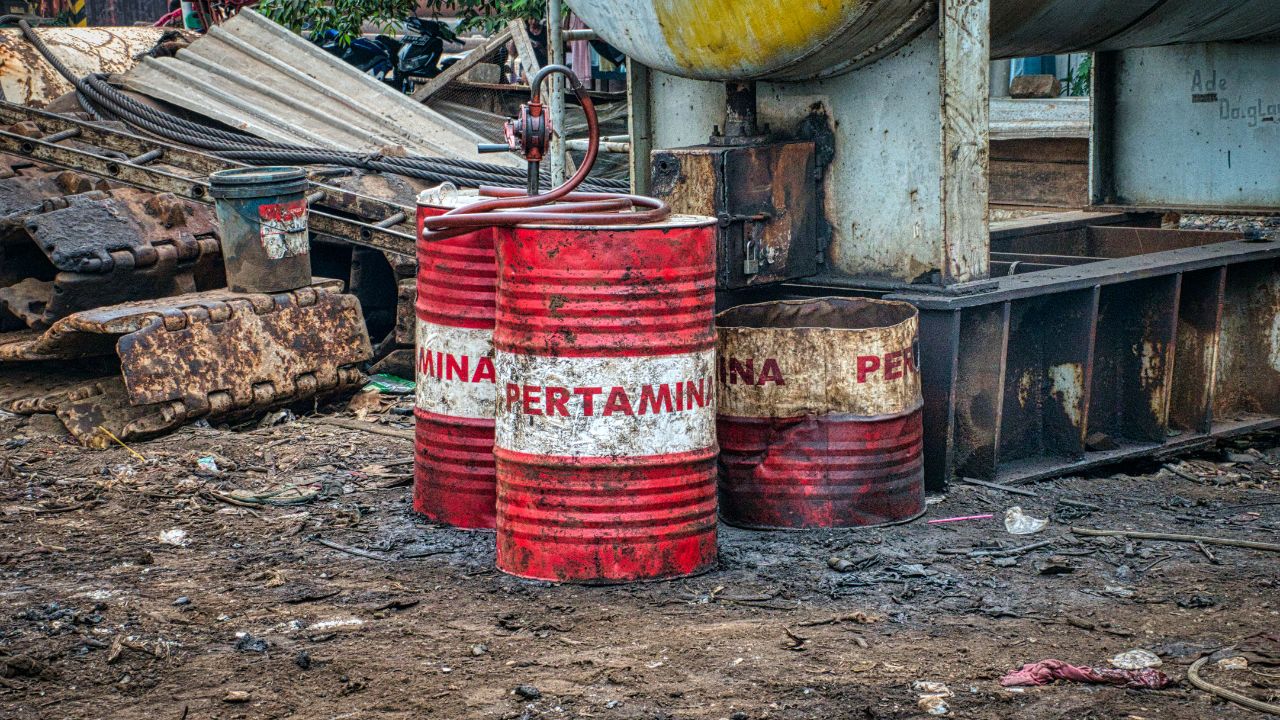
Chromium-6
Hexavalent chromium has been detected at levels above some health guidelines Hexavalent chromium, or chromium-6, in Dallas’ water was 14 times higher than EWG’s health guideline. Ewg This contaminant gained notoriety through the Erin Brockovich case and has been linked to cancer in laboratory studies.

Nitrates
Fertilizer-related chemicals are present in the water supply The fertilizer chemical nitrate is found in Dallas’ water at levels nearly 5 times EWG’s health guideline. Ewg While often associated with rural agricultural areas, urban water systems can also be affected due to upstream pollution, stormwater runoff, or wastewater discharges.
Please read – our information
The information presented on cleanairandwater.net is compiled from official water quality reports, trusted news sources, government websites, and public health resources. While we strive for accuracy and thoroughness in our presentations, we are not scientists, engineers, or qualified water quality professionals.
Our mission is to present water quality information in an accessible, real-world format that helps people understand what’s in their water and make informed decisions about their health and safety. We believe that complex environmental information should be available to everyone in a format that’s easy to understand.
We make every effort to ensure our content is current and accurate, but we cannot guarantee that all information is complete or error-free. This website should not replace official communications from your local water utility or health department. We always recommend consulting official sources for the most up-to-date information regarding your specific water system.
Clean Air and Water is not liable for any unintentional errors, omissions, or outdated information. The content on this site is provided for informational purposes only and should not be considered professional advice.
